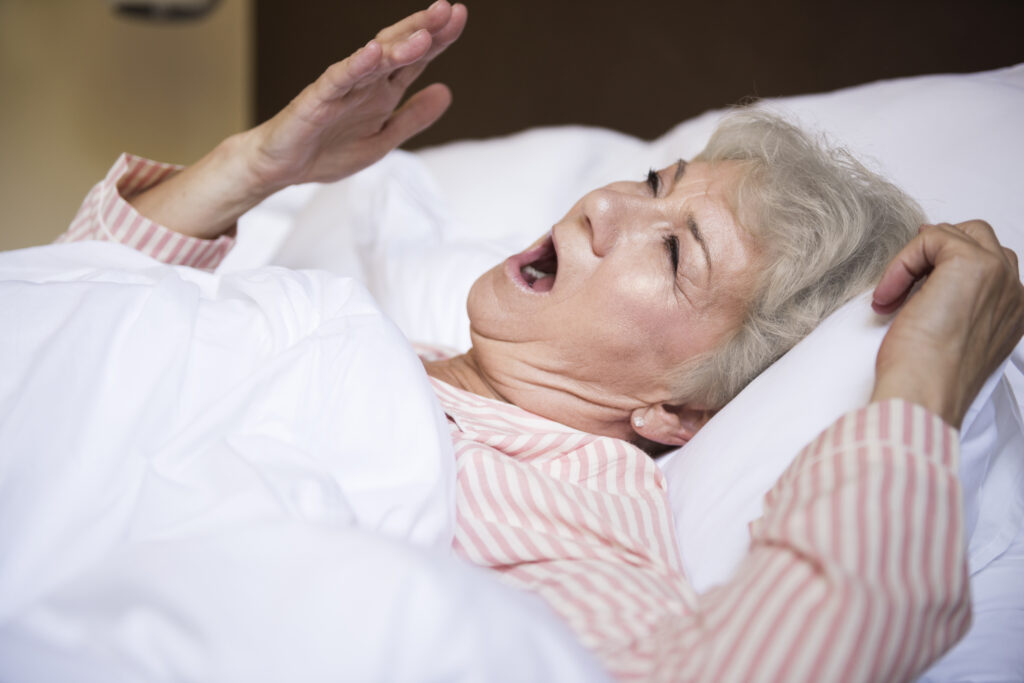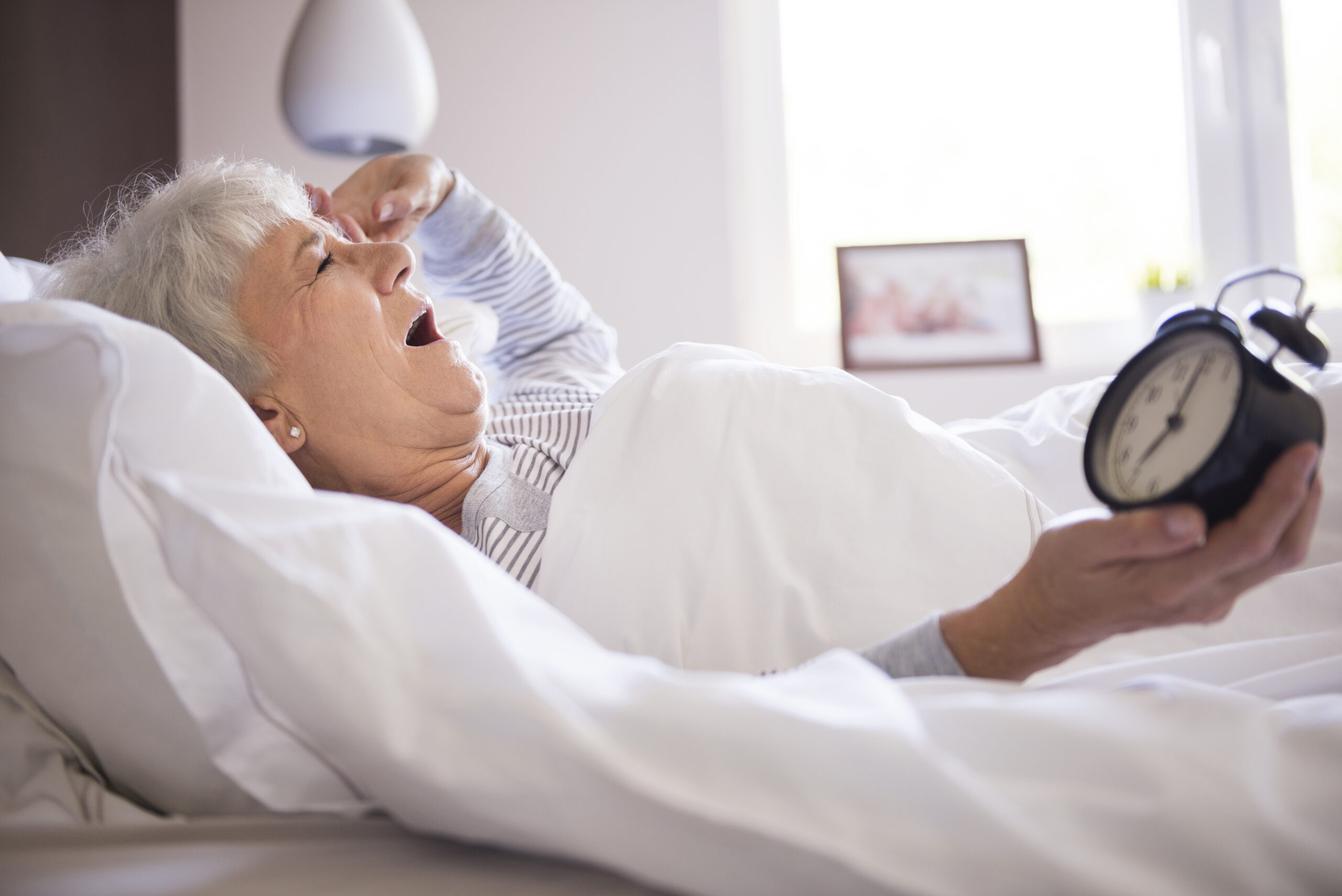Spread the love
Lucid dreaming and sleep paralysis are both phenomena related to REM (Rapid Eye Movement) sleep, but they are distinct experiences. However, they can be interconnected in certain ways. Here’s How Does Lucid Dreaming Lead To Sleep Paralysis.

Understanding Lucid Dreaming and Sleep Paralysis.
01. Lucid Dreaming.
- Lucid dreaming occurs when a person becomes aware that they are dreaming while still in the dream state. This awareness can allow the dreamer to exert some control over the dream’s events and environment.
02. Sleep Paralysis.
- Sleep paralysis happens when a person is either falling asleep or waking up, and they experience an inability to move or speak while being mentally aware. This can be accompanied by hallucinations and a feeling of pressure on the chest.

You Can Also Like To Read This Blog:- How To Go Back To Sleep After A Bad Dream
Connection Between Lucid Dreaming and Sleep Paralysis.
01. REM Sleep and Atonia.
- Both lucid dreaming and sleep paralysis occur during REM sleep. During this stage, the body experiences atonia, a natural paralysis that prevents us from acting out our dreams.
- In lucid dreaming, the mind is awake and aware during REM sleep, which can sometimes blur the lines between dream states and wakefulness.
02. Transition Between States
- During lucid dreaming, a person might become overly aware of their dream state and attempt to wake up abruptly. This sudden transition can sometimes lead to a state where the brain wakes up but the body remains in REM atonia, resulting in sleep paralysis.
03. Heightened Awareness.
- Practicing lucid dreaming often involves techniques that increase awareness and mindfulness during sleep. This heightened awareness can sometimes carry over into the transitions between sleep and wakefulness, increasing the likelihood of experiencing sleep paralysis.
04. False Awakenings.
- In a lucid dream, a person might experience a false awakening, where they believe they have woken up but are still dreaming. This can sometimes lead to confusion and a heightened sense of awareness that might trigger sleep paralysis when they wake up.

Tips to Minimize Sleep Paralysis.
If you experience sleep paralysis as a result of lucid dreaming practices, here are some tips to minimize its occurrence.
01. Gradual Transitions.
- Try to wake up gradually from a lucid dream instead of abruptly. This can help ease the transition between REM sleep and wakefulness.
02. Sleep Hygiene.
- Maintain good sleep hygiene by having a consistent sleep schedule, a comfortable sleep environment, and avoiding caffeine or heavy meals before bed.
03. Manage Stress.
- High stress levels can increase the likelihood of sleep disturbances, including sleep paralysis. Practice stress management techniques such as meditation, yoga, or deep breathing exercises.

04. Lucid Dream Techniques.
- Use lucid dreaming techniques that focus on gentle awareness rather than intense control. Techniques like reality checks and mild (Mnemonic Induction of Lucid Dreams) can help maintain a balanced approach.
05. Mindfulness and Relaxation.
- Practice relaxation techniques before bed to reduce anxiety and promote a peaceful transition into and out of sleep.
Understanding the connection between lucid dreaming and sleep paralysis can help you manage and minimize these experiences, leading to a more restful and enjoyable sleep.


